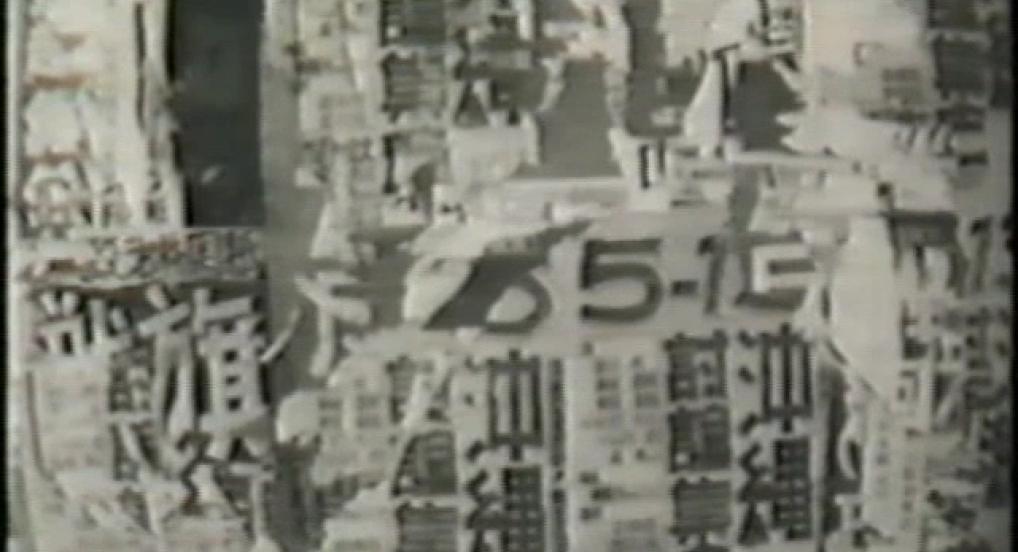CCJ is pleased to partner with Go Hiraswa to present Michiko Sasaki’s To Die Sometime (1974), a remarkable film diary comprised of photographs of the protests at the Nihon University All-Campus Joint Struggle Committee (Nichidai Zenkyōtō) and film fragments depicting everyday life. It is an unusual filmic experiment that combined invaluable document of the protests from 1968 through 1974 and images from Sasaki’s personal life.
Each program will be available for viewing on CCJ’s viewing platform for CCJ members.
Sasaki Michiko, a friend of [Motoharu] Jōnouchi’s, worked at Nikkatsu Studio’s editing department before enrolling at the Tokyo College of Photography to study photography under photography critic Shigemori Kōen. Her career stands out given that she coupled shooting the Nichidai Zenkyōtō (Nihon University All Campus Joint Struggle Committee) and stills for ATG films on the one hand, with managing bars in the Golden Gai district in Shinjuku on the other. Sasaki’s camera, though trained on the same scenery as Jōnouchi’s films, captured a ruined landscape alongside students’ day-to-day activities. Her independent film Itsuka shinunone (To Die Sometime), shot on 16mm film, combines her own photographs of the Nichidai Zenkyōtō with fragmentary footage of everyday life. One might consider it both a document of the period between 1968 and 1974, and Sasaki’s personal film diary.
As far as the photography world in Japan is concerned, the year 1968, a ‘season of politics’, saw the emergence of female practitioners; Watanabe Hitomi, for instance, who kept a watchful eye on many student struggles, and the collective Zen Nihon Gakusei Shahs Renmei (The All-Japan Student Association of Photographic Societies), who is said to have counted many women among its members. By contrast, few female artists can be found during this period within film arts in Japan, particularly expanded cinema. In this sense, the uniqueness of Sasaki’s activities cannot but attract our attention.
From: Tasaka, Hiroko. “Japanese Expanded Cinema Revisited,” Japanese Expanded Cinema Revisited. Tokyo: Tokyo Photographic Art Museum, 2017.
Michiko SasakiBorn in Nemuro, Hokkaidō in 1934, lives in Tokyo. After running an oden (Japanese traditional pot stew) street stand in Shinjuku at the age of 22, Sasaki worked in the editing department of the Nikkatsu Studio for three years, then studied photography at Tokyo College of Photography. She shot student activism organized by the Nihon University All Campus Joint Struggle Committee and stills for commercial films while also running a series of bars in the Shinjuku district, including ‘Bar Musasabi’ in Golden Gai and (Golden Gate) in Kabukichō. In 1974, she completed her film, To Die Sometime, which combined still images of activism with private footage. In 1979, she relocated to Brazil, where she managed various restaurants and inns, before moving to São Paulo in 1988 to found a private library. Sasaki returned in Japan in 1993. Her publications include Shinjuku Hatsu Amazon Yuki (From Shinjuku to Amazon, Bungei Shunjū, 1994), an autobiography, and Nichidai Zenkyōtō (Rokusaisha, 2009), a book of collected photographs.

Add new comment